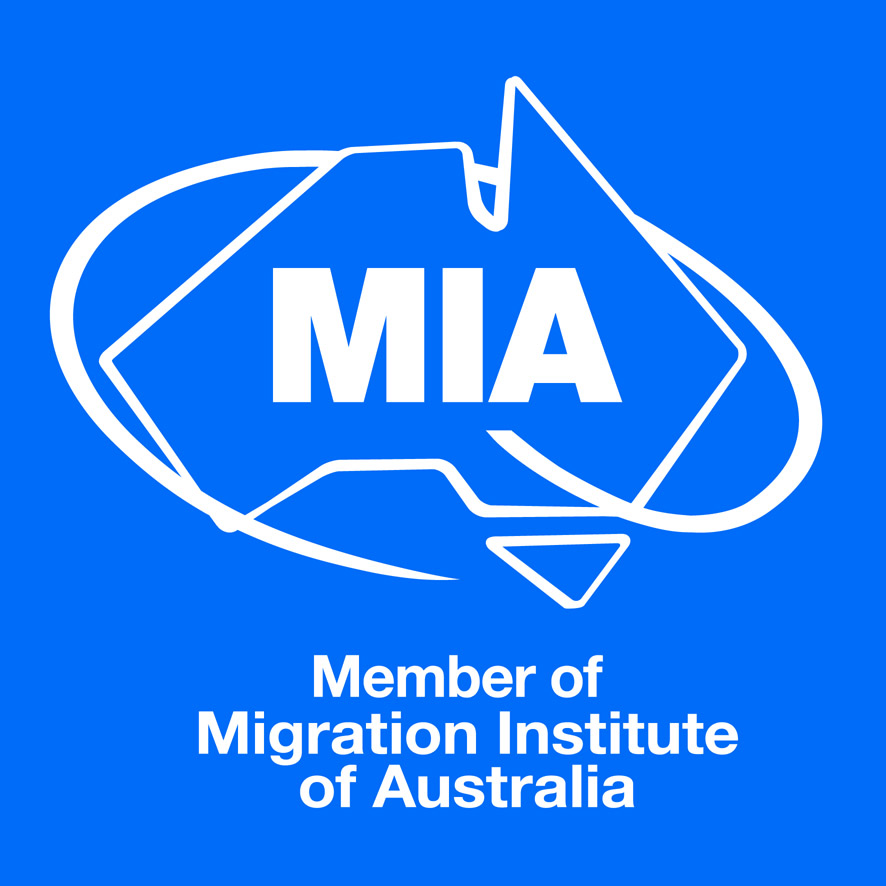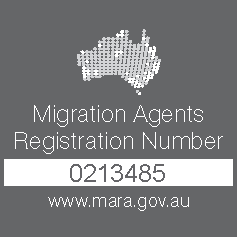The opening of Australia’s international borders has bought relief to many businesses relying on skilled and unskilled workers. A high demand for these workers has resulted in a labour shortage throughout the country with employers being advised that these shortages could remain for a further 12 months to two years. The news of open borders is a crucial and very welcome step forward for businesses.
In addition to opening borders, Immigration Minister Alex Hawke announced that short-term skilled visa holders are now eligible to apply for permanent residency and citizenship. This move will see those that did not previously have the right to apply for residency have an incentive to stay in Australia and continue to contribute to important sectors where there are clear skills gaps.
These international border changes mean that all industries can now get access to skilled foreign workers. Being in a critical industry, a critical worker or aiding Australia’s economic recovery no longer has a bearing on whether an overseas worker can enter Australia.
Given the government has moved quickly in opening Australia’s borders, it is hoped that by the end of March 2022, it will be business as usual. Significant labour shortages have been felt right across Australia for skilled and unskilled workers in almost all sectors. Not only did we not have the usual influx of workers entering Australia but there was also a large outflow of workers with many temporary visa holders in Australia told to return to their home countries. That outflow had a large impact on the skills Australian employers had access to, so these changes are very welcome.
Fortunately, the main visas that employers can access to obtain offshore labour can be approved quickly and require little documentation. While these factors alone make it easy, there is still very low employer uptake which can be attributed to the following reasons:
– The complexity of the application process
– The cost of accessing migrant labour
– Processing times
– Restricting migrant workers to only one role
– Restrictive occupation lists based on ANZSCO definitions
– Difficulty in retaining migrants for a longer term
Despite these barriers, Managing Director of Visa Solutions, Dan Engles encourages employers to persevere in securing overseas workers. He says, ‘Once you’re familiar with the process, it’s fairly straightforward. The Subclass 400 (Temporary Work — Short Stay Specialist Visa) is friendly for business requirements because it can be accessed quickly. You can talk about getting a skilled worker onshore in a matter of weeks if you’ve got a good business case.’
He also advises employers to do the following to help speed up the process:
– Prepare a well-founded and well-developed business case. The better your business case, the faster the turnaround.
– Consider applying for a Standard Business Sponsorship (SBS) sooner rather than later.
Australia was due to be open to fully vaccinated eligible visa holders including skilled workers and students along with citizens from Japan and Korea from 1st December. The emergence of the Omicron strain of Covid-19 has now pushed this to 15 December.
If you have questions about any aspect of migration, contact Visa Solutions on 1800 828 008 or send us an email







